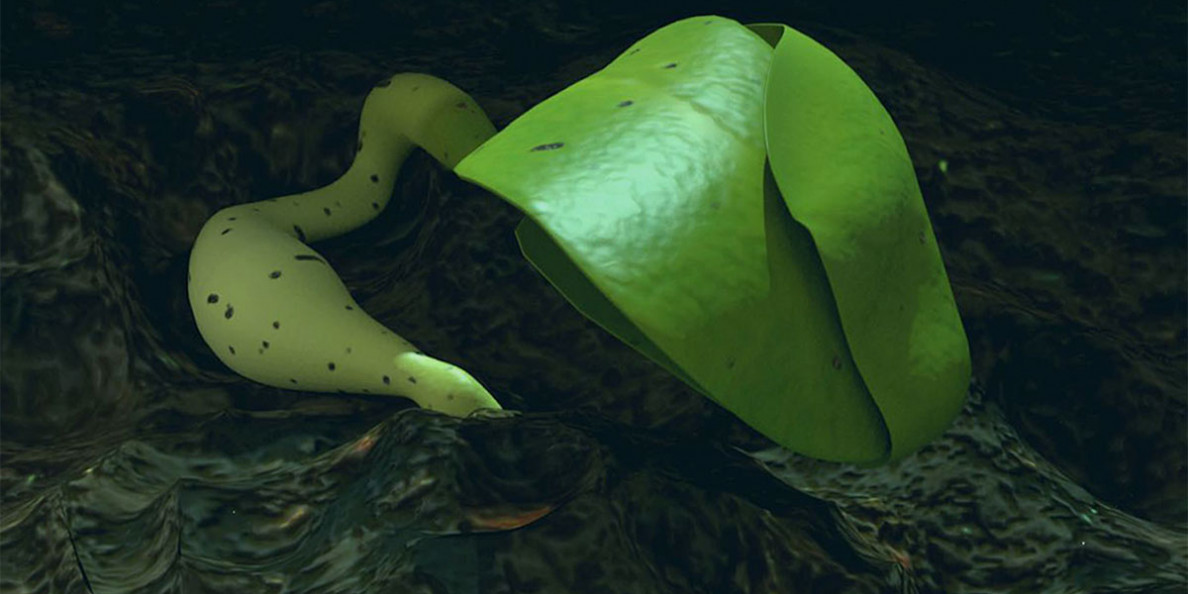By Andrew Jones
The team behind a pioneering biological experiment sent to the lunar far side has released an image showing two green leaves grown on the moon.
The experiment began shortly after China’s Chang’e-4 spacecraft made the first ever landing on the far side of the moon, on 3 January this year.
Cotton, arabidopsis and potato seeds, and fruit-fly eggs and yeast were all aboard the 2.6-kilogram mini biosphere, but only the cotton produced positive results.
Image processing has now shown that two cotton leaves had grown—rather than just one as initially thought—in what was the first biological growth experiment on the moon.
All the species died with the onset of the first lunar night, with no power to protect the canister from temperatures that reached as low as minus 190 degrees Celsius. The cotton leaves were dead within one lunar daytime, or around 14 and a half Earth days.
The experiment continued until May, however, in order to test the longevity of the apparatus. The Chang’e-4 lander and rover meanwhile have just started their tenth lunar daytime in Von Kármán crater.
Plants have been grown in low Earth orbit on the International Space Station, but this experiment marked the first time a seed had sprouted on the moon.
Xie Gengxin of the advanced Technology Research Institute at Chongqing University, who led the design of the experiment, says he and the team are now writing scientific papers based on the results.
Xie says the team initially wanted to send a species of small tortoise on the voyage. However, the mission constraints were too great.
“The weight of the Chang'e-4 probe demanded that the weight [of the experiment] can't exceed three kilograms,” Xie said.
The experiment had a pressure of one atmosphere. It was integrated with the spacecraft two months ahead of launch and spent another month in space before landing.
“Even though it is very meaningful to choose tortoise, the oxygen inside the payload can only be used for about 20 days for turtles,” Xie says, in explaining why the idea was dropped.
Tortoises have been on moon missions before. The Soviet Zond 5 mission, a 1968 mission which circled the moon and became the first spacecraft to do so and safely return to Earth, carried two Steppe tortoises (also known as Horsfield’s tortoises).
However, a landing mission would provide observations of the effects of the moon’s gravity, which is one-sixth Earth’s gravity, on the animals. Such data would be useful as space agencies consider long-term human missions to the moon.
Xie says the team is proposing to send biology payloads on future missions, and a larger payload allocation might allow more complex animals to ride along. Following the Chang’e-4 experiment, a number of space agencies from around the world have expressed interest in cooperating with Chongqing University.
Chang’e-6, a Chinese lunar sample return mission scheduled for the early 2020s, has a small allocation for science experiments which was opened to national and international proposals. China, the United States, Russia, India, the European Space Agency, and Japan—as well as a range of private companies—are all developing future robotic and human lunar exploration missions.


